The Story Behind The Real Nativity
What is the Nativity? Here’s a real and raw look at the nativity, the background for this once in eternity event, and what took place over two thousand years ago.
You will probably see a nativity scene somewhere this Christmas. In a yard or church or even in your own home. Today let’s talk about what the word nativity means and the truths we can garner from the Word of God about it. Let’s also look at the customs of the day in the first century AD and see what we can find.
As we look at the nativity here are some pictures I took while studying in Israel.
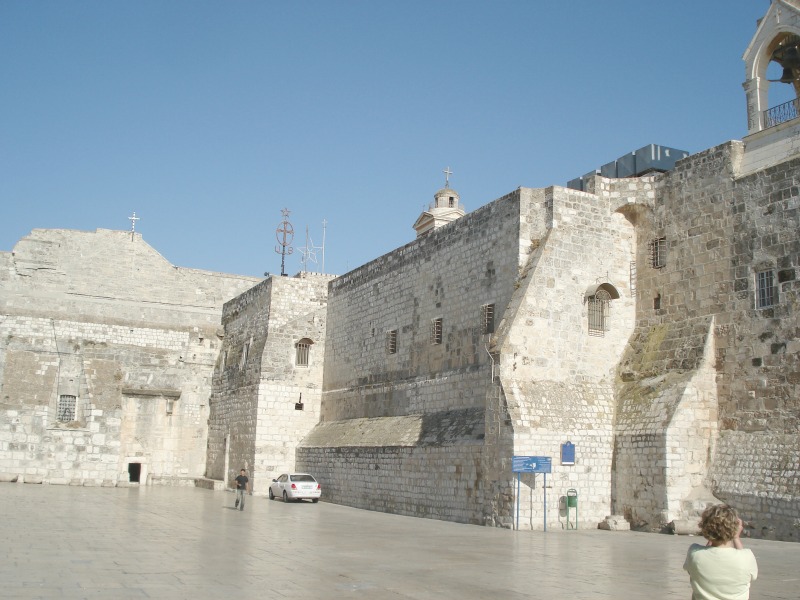
What Does The Word Nativity Mean?
The word nativity comes from the Latin word nativis meaning birth. Over the years, the word nativity has taken on the meaning of the account of the birth of Jesus Christ.
The place of the Nativity was prophesied centuries before Jesus’ birth. We can see this prophecy in the book of Micah, chapter 5, verse 2…
“But you, O Bethlehem Ephrathah, are only a small village in Judah. Yet a ruler of Israel will come from you, one whose origins are from the distant past.”
Why was Jesus born in Bethlehem when His mother and earthly father were from a town called Nazareth? Why would they be traveling to a town days away at such a tender time for Mary?
The Roman Census
There was at that time in history, a census taken by the Roman ruler. The main objective of the census was to levy a tax on the Jews.
To do this, each Jewish male had to register in his own ancestral town.
Hometown had a different connotation back in the time of Mary and Joseph than it does today. Joseph was from the line of King David, and David was from Bethlehem, so Joseph would register in Bethlehem of Judea as it is the hometown of his tribal lineage.
The Bible recounts this story in Luke 2.
“Now in those days a decree went out from Caesar Augustus, that a census be taken of all the inhabited earth. This was the first census taken while Quirinius was governor of Syria. And everyone was on his way to register for the census, each to his own city. Joseph also went up from Galilee, from the city of Nazareth, to Judea, to the city of David which is called Bethlehem, because he was of the house and family of David, in order to register along with Mary, who was engaged to him, and was with child. While they were there, the days were completed for her to give birth. And she gave birth to her firstborn son; and she wrapped Him in cloths, and laid Him in a manger, because there was no room for them in the inn.”
O, Little Town Of Bethlehem
Bethlehem was a small hill town sitting on a ridge near the Judaean desert. Bethlehem is about 6 miles south of Jerusalem and about 65 miles south of Nazareth, where the young couple lived.
In those days traveling from Nazareth to Bethlehem was a 6-day journey.
I can’t imagine making a rough 6-day journey, ready to give birth. And making the journey on foot or on a donkey!
The terrain is hilly, rocky, rough, and dotted with low shrubs and trees of the Middle East.
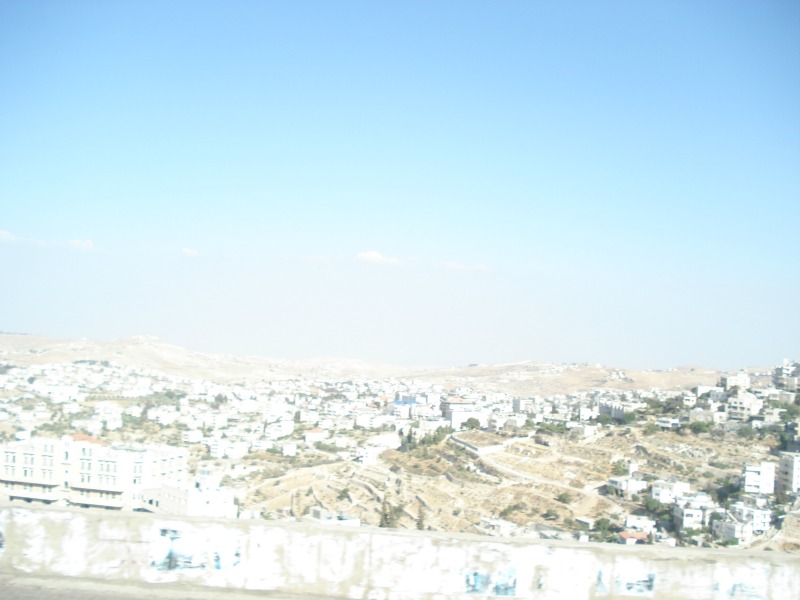
Bethlehem means house of bread and was known to be the location where the sacrificial lambs were born and raised to be eventually sold for slaughter as offerings to God for sin.
Just think how amazing God is. Jesus, the sacrificial Lamb Of God who took away the sins of the world, was born in the house of bread . Jesus, the Bread Of Life.
If we look for God, we certainly can find him in the most marvelous ways.
The town of Bethlehem sits on a pretty steep hill and, during the time of Jesus’ birth, must have been filled to overflowing with the descendants of David to be counted in the census.
The Inn
The Book of Luke says that Mary and Joseph could not find room in the inn. However, the word inn is a poor Greek translation. Yes, the Greek word kataluma can be translated as an inn, but it can also be translated as a guest room.
So we must put the verse into the context of the entire chapter and also look at the norms of the day.
A Roman (who occupied Israel) or a foreigner would certainly stay at inns in the time of Jesus, but Jews would always stay with family. It’s more likely that Mary and Joseph stayed with extended family during their time in Bethlehem.
They also did not stay in a barn or an outside structure as we see today. Most Jews kept their livestock in the back of the ground floors of their homes or in an adjacent cave or dugout area underground.
This most likely is where Jesus was born.
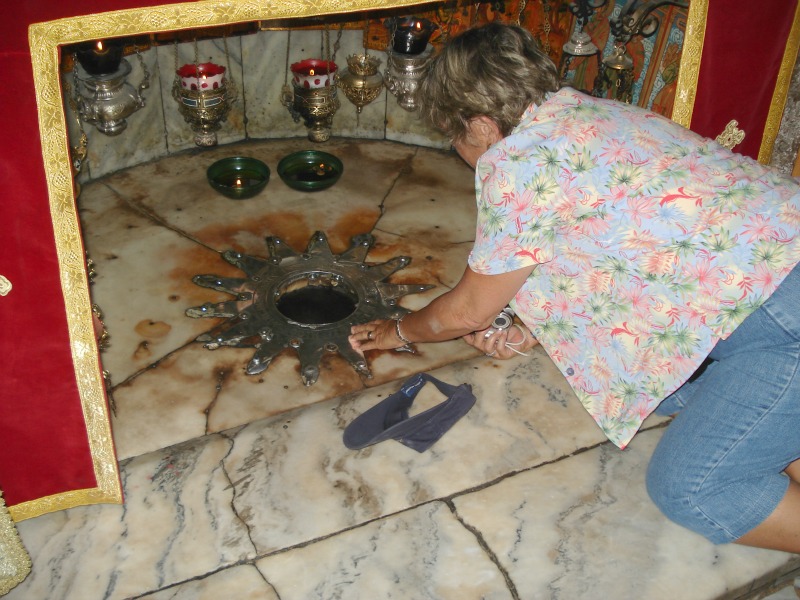
The Creche
Scripture tells us in the book of Luke…
“While they were there, the days were completed for her to give birth. And she gave birth to her firstborn son; and she wrapped Him in cloths, and laid Him in a manger because there was no room for them in the inn.”
Jesus was laid in an animal feeding trough that would have probably been filled with hay or soft grasses. This trough was called a manger.
The Greek word for manger is phatne a feed box, a cattle crib, or a stall. The young couple laid God in the flesh in the best place they could find… a manger!

How Do We Know This Is THE Spot?
Are you asking yourself, “How do we know that this was the exact spot where Jesus was born”? Great question!
Here’s how we can be somewhat certain that this spot is close to if not “THE” spot of Jesus’ birth.
When Jesus was resurrected from the dead and then ascended into heaven, His believers would congregate in certain places like where Jesus was born, where He lived, where He performed certain miracles, where He died, and places like that to have worship services. They continued gathering and worshipping in these same places for centuries.
Eventually, Constantine’s (emperor of the Roman Empire) mother, Helena, a devout Christian, traveled to the holy land in the second century to preserve the holy sites that were important to believers of Jesus Christ.
She built huge churches on top of these sites marking the spots early Christians believed to be historic and holy.
It did change how these sites looked in Jesus’ time but also saved them from becoming wiped away by progress. So we have a good idea today where, for example, Jesus was born.
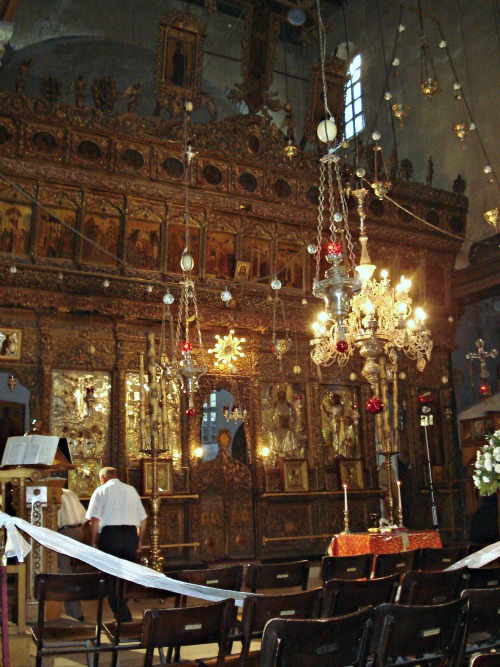
The Real Nativity
The nativity scenes we see today, although a good reminder of why we celebrate Christmas, are, for the most part, historically incorrect!
As we discussed earlier, Jesus was not born in a barn or a structure like the ones depicted in nativity scenes today. Jesus was probably born in a back, ground-level room of a relative home where they kept the animals or in a connected dugout or cave next to the main house.
The Angles
We also see the manifestation of angels in manger scenes. There might have been angels at the Nativity, but they were not visible. The angels of the Christmas story appeared to the shepherds not far away in a field. You might be interested in reading their Christmas account; MEET ME IN SHEPHERD’S FIELD.
The shepherds left their flocks and came to the home of Joseph’s family to see the Christ (Greek word for Messiah, Anointed One).
The Wise Men
We also often see wise men and camels around a manger scene, but they, too, are not historically correct. The wise men came searching for the baby King from the East after He was born. We are not quite sure exactly when they came and worshipped Him, but it was certainly not the night of Jesus’ birth.
The Real Nativity
As we celebrate Christmas, the thing we all should remember about the Nativity is wrapped up in John 3:16-17…
“FOR GOD SO LOVED THE WORLD THAT HE SENT HIS ONLY BEGOTTEN SON THAT WHOEVER BELIEVES IN HIM WOULD NOT PERISH BUT HAVE ETERNAL LIFE. FOR GOD DID NOT SEND HIS SON INTO THE WORLD TO CONDEMN THE WORLD BUT TO SAVE IT.”
God in the flesh came from Heaven to planet Earth to live a perfect life at a specific time in history so that He could die in our place for our sins! This is God’s perfect plan showing His never-ending love for us and desire for us to be with Him through all eternity!
This is the real story of the Nativity!
May we joyfully celebrate the perfect plan of God and the completed work of our Savior, Jesus Christ, this Christmas.
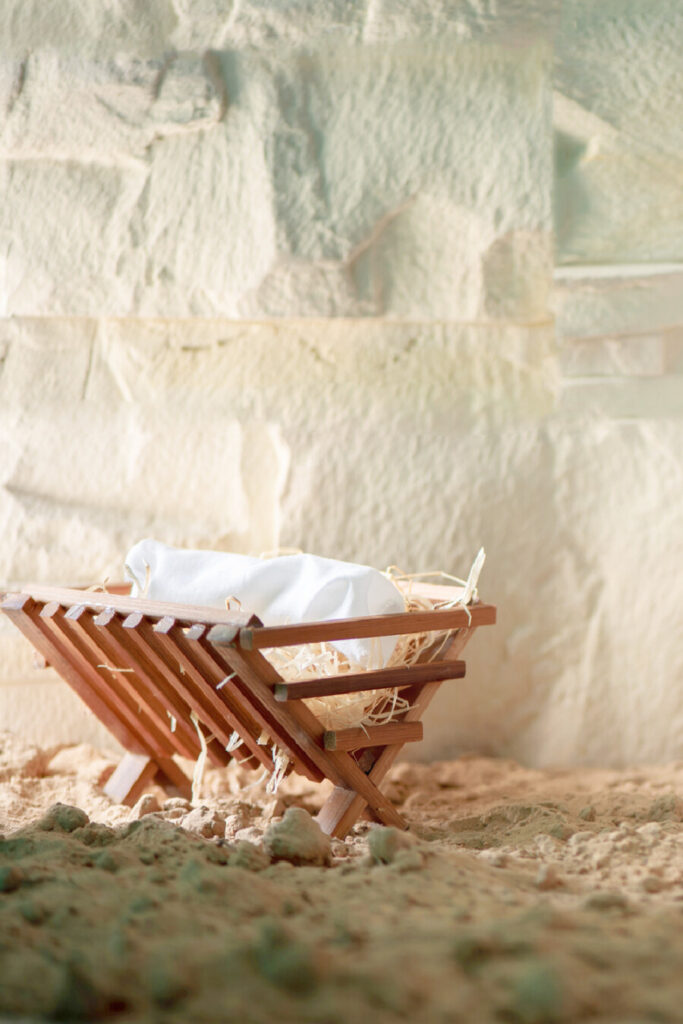
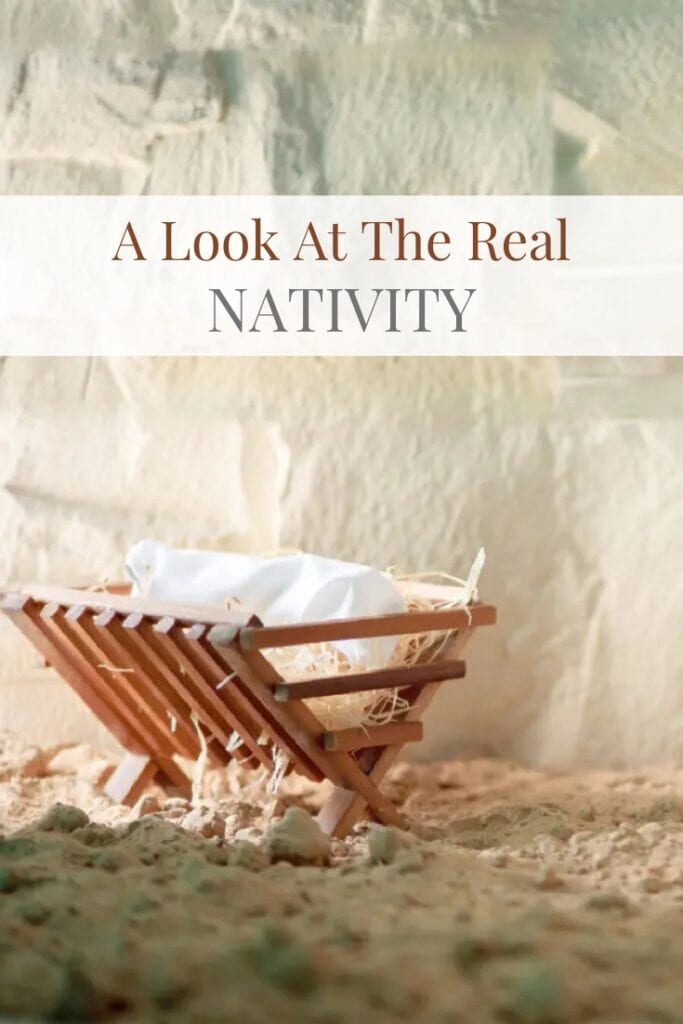
Thank you for this perfect devo for my Guest Services team for our Christmas Eve service. I always am full of JOY when I read your Sunday message. You are certainly inspired by the Holy Spirit. God bless you !
Praise God!
ALWAYS WONDERFULLY DONE, YVONNE. Thank you.
So sweet, Deb! Thank you.
So interesting to learn the sacrificial lambs were born and raised in Bethlehem. All glory to God who uses the physical to mirror spiritual truths….this is such a beautiful illustration! Thank you for sharing this background information.
You are so welcome, Gail!
these shepherds possible were not keeping ordinary sheeps..but sheep destined for temple services sacrifices…those were the only flocks kept near and not in the wildernesses …hence near where they were born.
Because of the proximity to Jerusalem you are so right! Wonderful food for thought.
Always love reading stories about how it really was. Years ago, I found a site and used a portion for a devotional I wrote. In part, it said, “The newborn lambs would be wrapped tightly… swaddled… in specially designated temple cloths, and they would be laid in a manger to keep them contained while they were being examined for blemishes. At the appointed time, the shepherds would separate the lambs, selecting only the firstborn males that were without mark or blemish, and would lead them to Jerusalem, where they would be purchased by people wanting to present a sacrifice before the Lord to atone for their sins.”
Something most people don’t realize, is that the gifts brought to Jesus were not the little boxes we see depicted in memes and in movies. To honor a king, camels would be loaded down with gifts by those giving the gifts.
Oh, I thought I’d let you know that the text portions in the large font are unreadable. They’re all smushed together. That’s with Firefox.
Thanks so much for all this. Love it! ?
Oh, how beautiful! God shows us in so many ways that Jesus is the Messiah.
Thank you again for your Sunday’s. I look forward to each and every Sunday with you!
Thank you Yvonne as I enjoy your teachings about the Bible tremendously! My parents didn’t take me to church as a young child, so I always welcome insight! I realize this request has nothing to do with your post, but my heart is heart is heavy. May I please ask you to join me in prayer for my grand baby. She just turned 1 year old and has been diagnosed with leukemia. Thank you in advance!
Thank you for sharing the truth of Jesus and the free gift of salvation through Him!
Amen, and Merry Christmas, Trudy.
Thank you so much for this post. It filled my heart with joy. Praise jesus
Oh, how lovely, Antoine! Merry and blessed Christmas.
Thank you for this beautiful explanation!
I would love to visit the Holy Land some day. I bet you can just feel the history, and know the truth of Jesus Christ!
Studying in Israel as life changing!